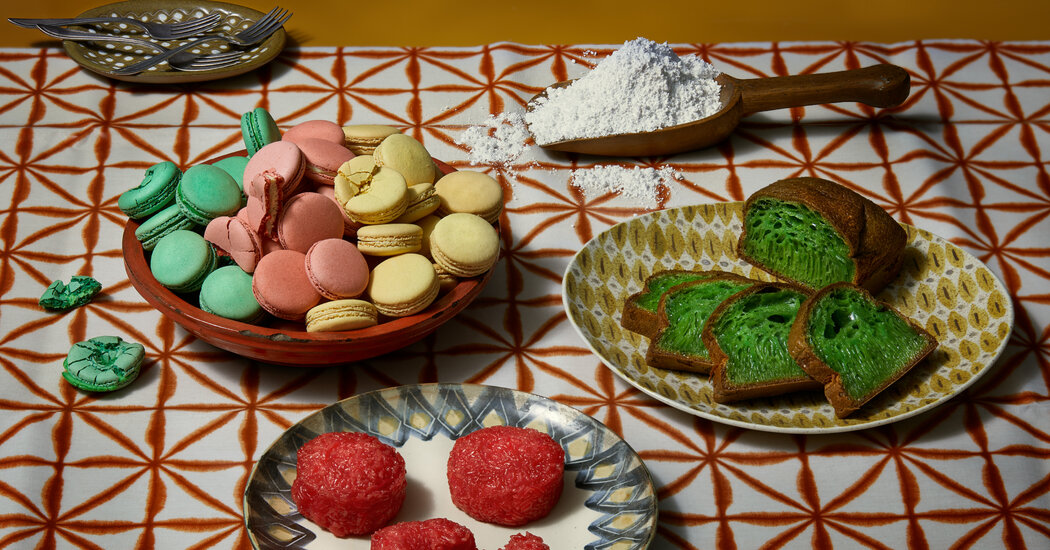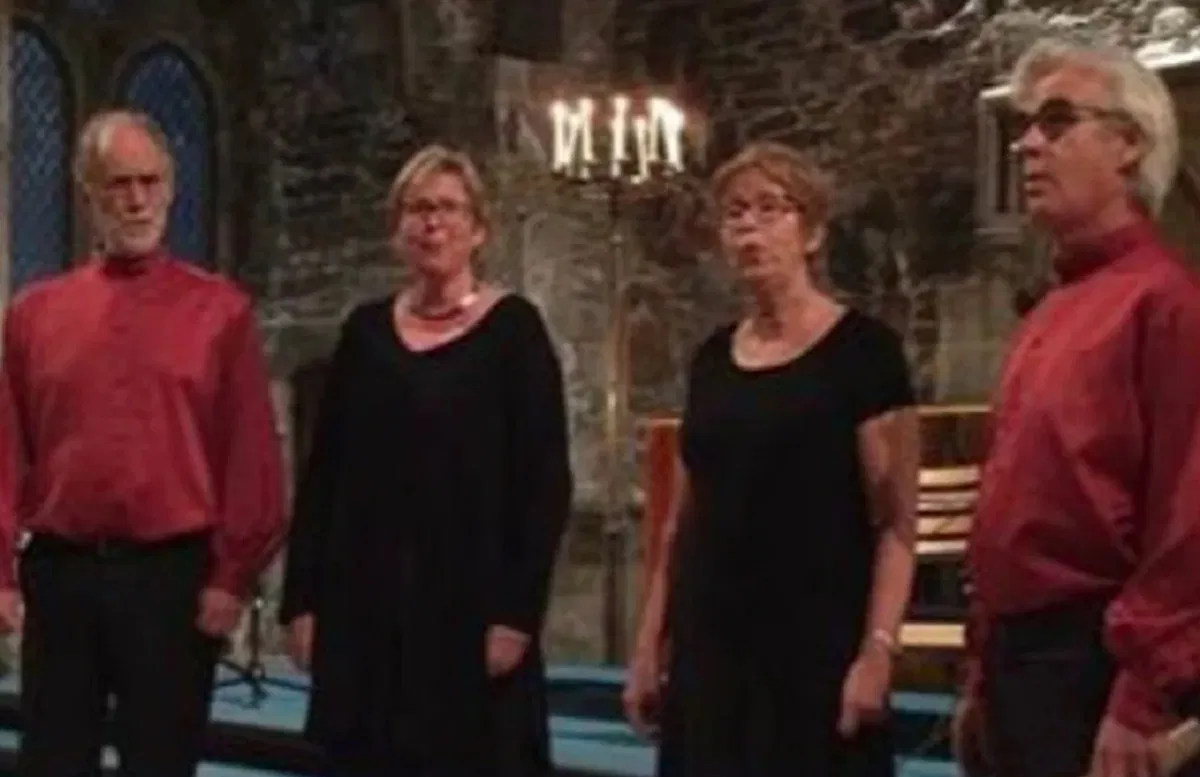Copyright The New York Times

Though the Vietnamese word “bánh” is commonly translated as “cake,” it actually applies to anything that’s made with flour, whether savory or sweet. Before French colonization — which lasted from 1858 until 1954 — desserts were often steamed, like bánh da lợn (a layer cake typically made with pandan and mung bean), or simmered, like chè, a sweet, gelatinous soup that frequently incorporates tropical fruit. The French brought Western techniques such as baking in pans to make bánh ga tô (gâteau), laminating pastry to build the flaky layers of bánh patê sô (pâté chaud) and proofing and shaping dough for bánh mì (baguettes) — all of which Vietnamese cooks baked over hot charcoal and sand or in wood-fired ovens until modern appliances became more common in the late 20th century. A World of Pastries How baked goods help tell the story of culture across the globe. A taste of bánh in Vietnam, conchas in Mexico, egg tarts in Hong Kong, wienerbrød in Denmark, trompe l’oeil entremets in France, kaab el ghazal in Morocco, convent sweets in Spain, baklava in Turkey and Frankenpastries in New York. Plus find recipes for home baking here. And take a closer look at the covers. Today you can buy traditional boiled or steamed bánh from street carts or small mom-and-pop shops throughout Vietnam. Classic French viennoiseries and pastries like croissants, éclairs and macarons are more often found in patisseries and cafes, though some add local flavors, as in a savory croissant that mimics the tastes of bánh bông lan trứng muối (salted egg yolk spongecake). Outside the country, diasporic Vietnamese chefs are forging a third way, experimenting with and combining pre- and postcolonial tastes and techniques. At Bánh by Lauren, a year-and-a-half-old bakery in Lower Manhattan, the pastry chef Lauren Tran, 36, flavors her macarons with lychee, oolong tea, Vietnamese coffee and pandan leaf. Still, when it comes to time-honored recipes like xôi màu — small, colorful rice cakes that are placed on ancestral altars to mark special occasions like engagements, death anniversaries and holidays — “I’m not changing much,” says Tran, who typically makes the confections to coincide with Tết (Lunar New Year). She uses gấc, a melon with vermilion flesh, to dye glutinous rice before steaming it, mixing in coconut milk and pressing it into mooncake molds. She also follows the standard Vietnamese method for her bánh bò, a lightly sweet, coconutty cake made with rice and tapioca flours. According to Đại Nam Quấc Âm Tự Vị, a dictionary published in 1895 by Huỳnh Tịnh Của, a Vietnamese Confucian scholar and translator for the French colonial government, the “bò” in “bánh bò” is derived from the Nôm (a logographic writing system widely used in the 19th century) character for “cow.” One theory holds that the name is a reference to the cake’s honeycomb-structured interior, which resembles the spongy lining of a cow’s stomach. But “bò” also means “to crawl,” which is what the baking powder-infused batter does as it heats up, ascending the sides of the pan to form a chewy, lofty crumb filled with air pockets. On the cooling rack, bánh bò might be mistaken for pound cake thanks to its golden-brown exterior, but slicing it reveals a bright jade green center, the result of pandan leaf in the batter, as well as dramatic “striations,” says Tran, “that are texturally really fun.” Photo assistant: Rana Düzyol. Set designer’s assistant: Jeanny Bachelin



